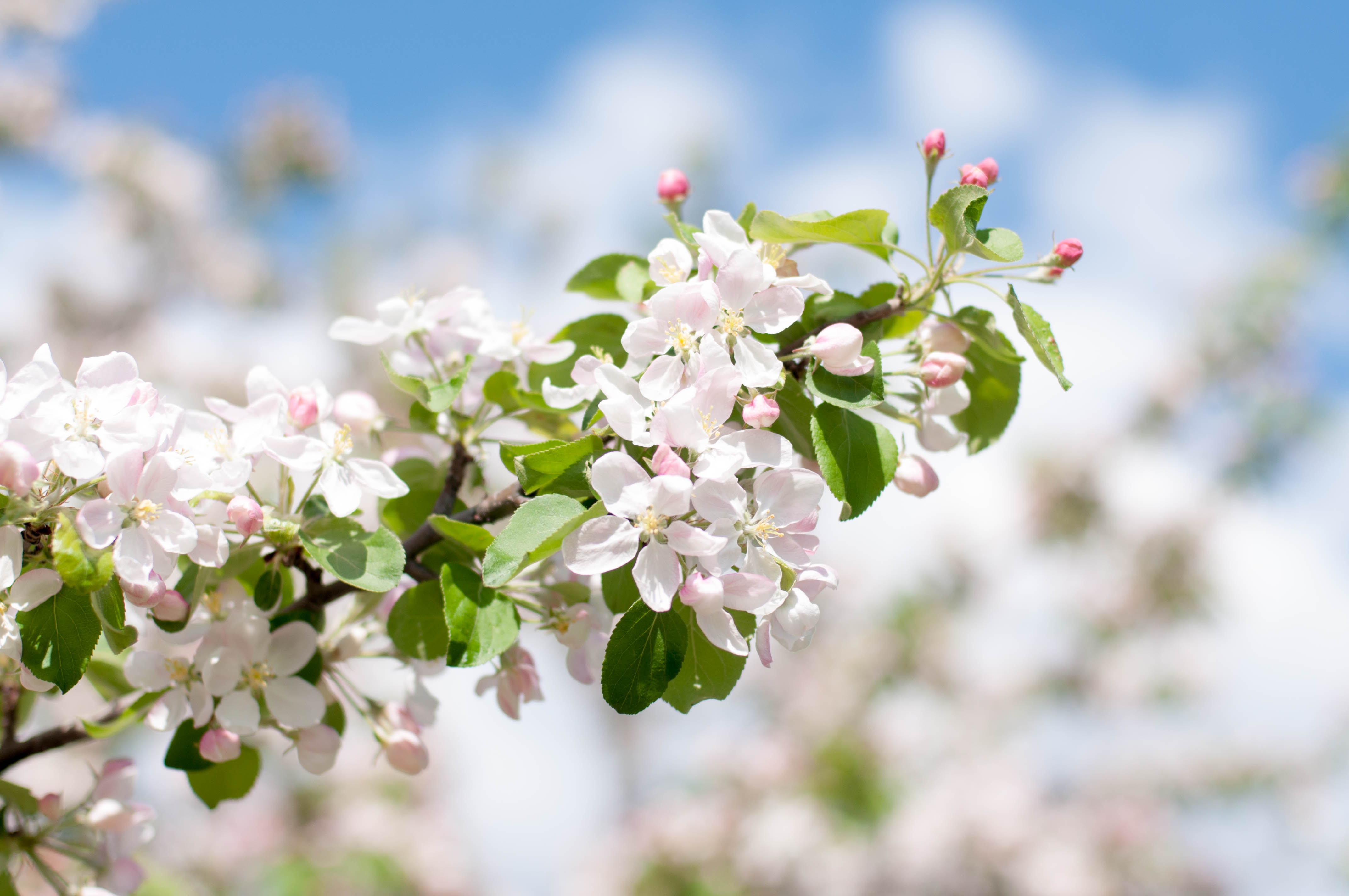Planting trees is one of the easiest ways to make a positive change in the environment, and if you’re a homeowner, it’s also one of the best ways to cut down on utility expenses. According to a recent study, having carefully positioned trees in the backyard provides a natural cooling system for your home, enabling you to save as much as 35 percent in energy consumption each year. But while big trees are currently in demand, it may be difficult to place a Northern Catalpa or a Silver Maple in your backyard if it’s barely big enough to accommodate a small or bistro-sized patio and a lawn. If this is the case, then planting small trees could be the perfect solution to add some lush greenery to your outdoor space. Not only will they add some shade to your property, but these trees can give your garden a lively burst of color when the seasons change.
Planning your garden
Residential communities all over the world are becoming more aware of the importance of trees, which is why there are more trees than ever before. Not only do trees improve air quality, but they can also help lessen the damage in flood-prone areas. However, before planting trees in abundance, it’s important to map out where they’ll be in your garden to increase their chances of survival, and to ensure a cohesive garden design.
First, do some research about your tree’s full height, and plant the tree at about half the distance of the tree’s full maturity height away from your home. So, for instance, if you’re getting a tree that won’t grow more than 12 feet, plant it about 6 feet away from your house. You should also identify any underground utilities before digging to prevent any problems from coming up once the trees take root. When selecting a good-sized tree for your garden, consider these trees for a beautiful outdoor space.
Zuni Crape Myrtle
The Zuni Crape Myrtle has purple flowers all summer long, and they flourish when grown in southeastern states such as Florida, Texas, New Jersey and South Carolina. This tree achieves a maximum height of 10 feet in maturity, and is very tolerant of heat and drought, making it perfect to grow in city backyards. They can be planted in colder climates, but they’ll need protection during the winter months.
Crabapple tree
There are plenty of reasons to plant a crabapple tree - not only does it yield juicy fruit that’s perfect for pies and jellymaking, but its small size makes it ideal for tiny gardens. Certain varieties can reach up to 40 feet, but dwarf varieties such as Malus hupehensis, Malus Evereste, and Weeping crabapples grow anywhere from 6 to 10 feet tall. Crabapple trees grow best in the Northern part of the country, and they thrive well when planted in a sunny area.
Fringe tree
Minimalist garden enthusiasts will love the fringe tree, as it yields pure white, fringe-like blooms in early spring. It bears small, blue-black fruit that can be pickled, and it’s also a favorite among birds. The fringe tree grows up to 12 feet, and it grows into a charming, rounded shape that makes it easy to incorporate in minimalist or Japanese-style gardens.
The best trees for your garden don’t have to take up a lot of space. Consider any of these small trees to give life and color to your backyard.
